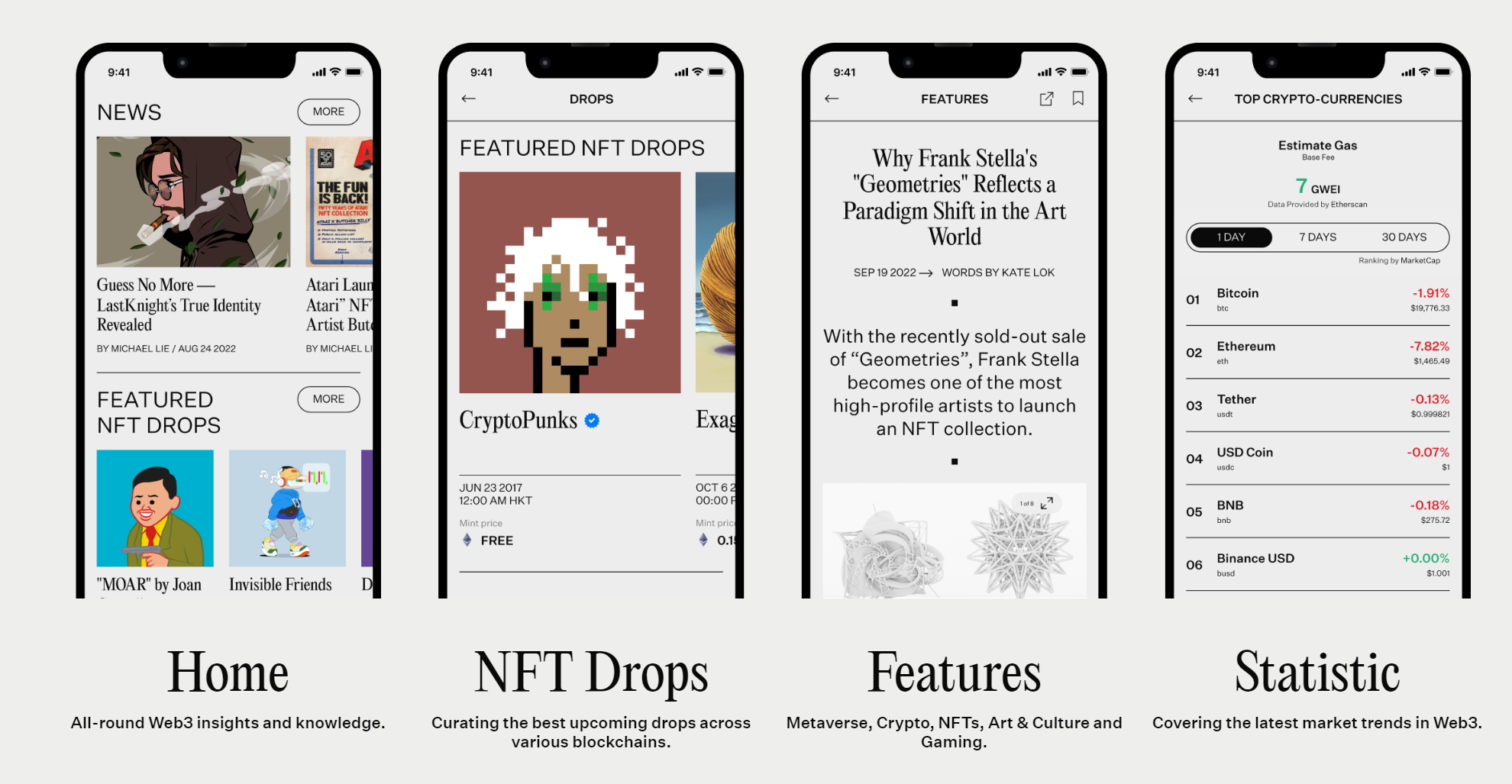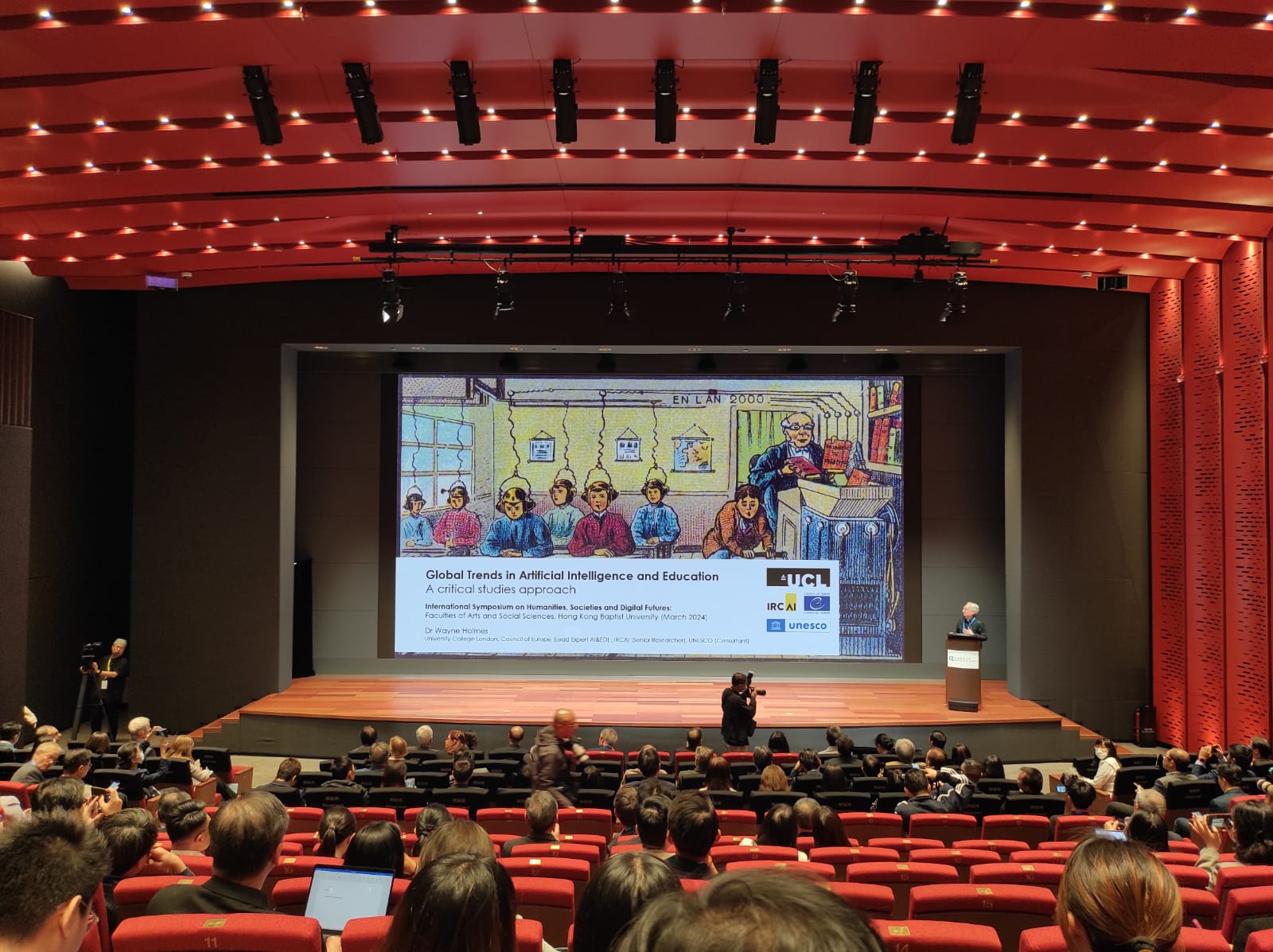Introducing Data Art – visualization of reality infused with design
I recently attended a data visualization seminar and learnt a lot about the use of some tools in showing various datasets that could help small businesses and SMEs to be able to make decisions better. This seminar was hosted by the Smart City Consortium as part of their Data Analytic series of seminars to educate business owners and managers.
Making decisions is potentially an action caused by the impact of the output of the visualised versions of the data – affecting our human brain through emotions and rational though process.
So as a new faculty member developing new courses, I am always on the lookout for fresh ideas. In my line of work, where I teach interdisciplinary topics, I have a vested interest in Art, AI, and Big Data.
So, as I start researching, I stumbled upon a YouTuber who called himself data artist – Kirell Benzi, PhD who shared his knowledge and research in data art.
So what is Data Art?
Data art is a fascinating intersection of art and technology that uses data as a medium or source material to create visually appealing and meaningful representations. If you are interested in exploring this field with students, there are several tools available that can help you create data art pieces. Some of the best data visualization tools include Google Charts, Tableau, Grafana, Chartist.js, FusionCharts, Datawrapper, Infogram, ChartBlocks, and D3.js. Additionally, tools like cables.gl and d3 can be used to create data art pieces. When selecting a tool, keep in mind things like ease of use and whether a tool has the features you need. The best tools can handle huge sets of data and can even handle multiple sets of data in a single visualization.
To get started, you can use these tools to create visual representations of data sets that include hundreds of thousands or millions of data points. Automating the process of creating a visualization, at least in part, makes a designer’s job significantly easier. The goal of data art is to convey emotions to the audience by sharing insights, patterns, or stories hidden within the data in an accessible and creative way. As Kirell Benzi eloquently puts it, “Data Art possesses an objective truth, born from data, rather than the artist’s imagination”. By using data visualization tools, you can create unique and beautiful data art pieces that are both informative and visually appealing.
[1] A Complete Overview of the Best Data Visualization Tools – Toptal https://www.toptal.com/designers/data-visualization/data-visualization-tools
[2] 7 Essential Data Art Tools – YouTube https://youtube.com/watch?v=x3KJf4EpnXo
[3] 23 Best Data Visualization Tools for 2023 – Simplilearn.com https://www.simplilearn.com/data-visualization-tools-article
[4] The Best Data Visualization Tools – PCMag https://www.pcmag.com/picks/the-best-data-visualization-tools
[5] Data Art – FlowingData https://flowingdata.com/category/visualization/artistic-visualization/
[6] Digital Storytelling: 5 Tools That Make Data Worth Looking At – AMT Lab @ CMU https://amt-lab.org/blog/2018/3/-5-tool-for-data-visualization
https://www.perplexity.ai/search/ef9ab945-f9fd-4b1d-b4ae-663736f3786e?s=m









